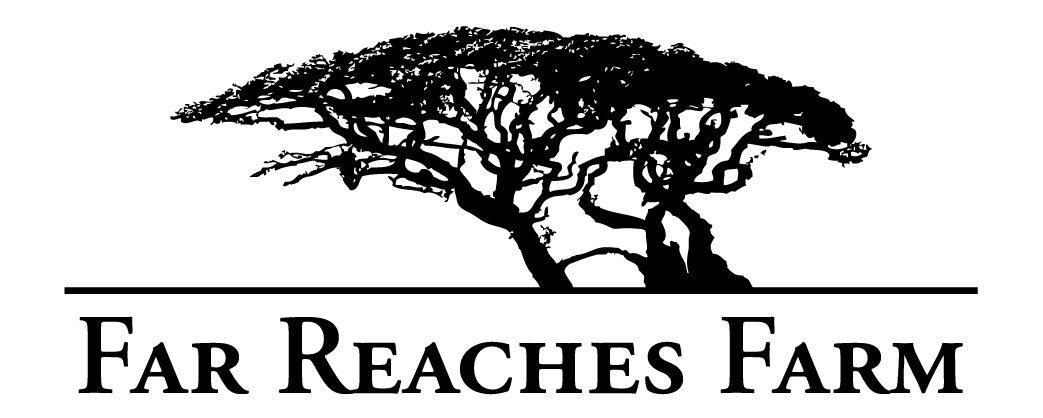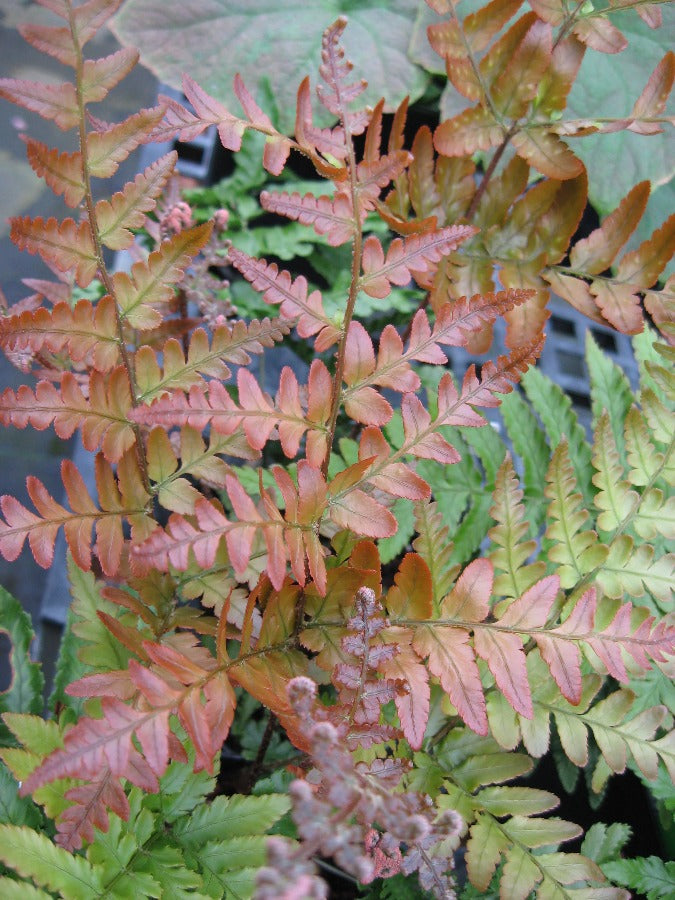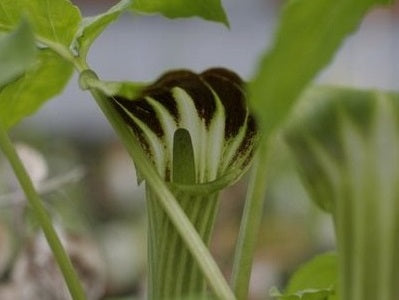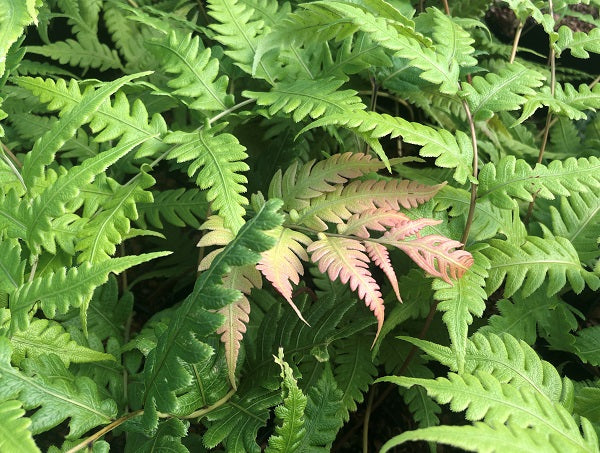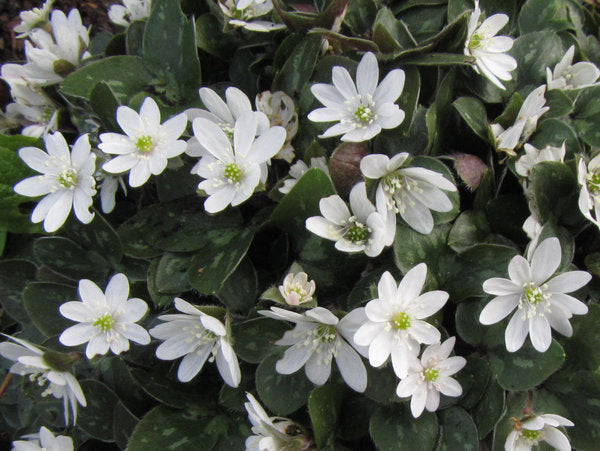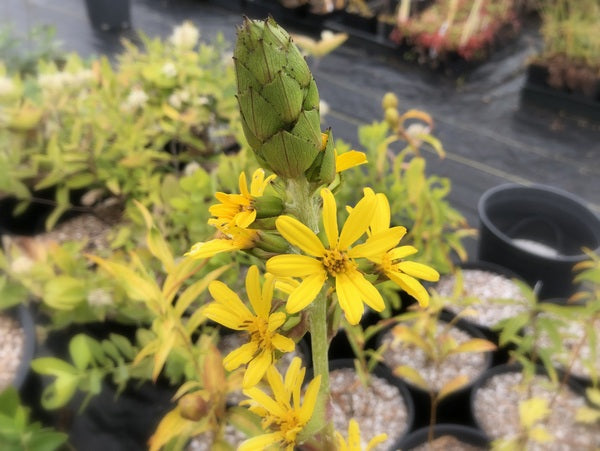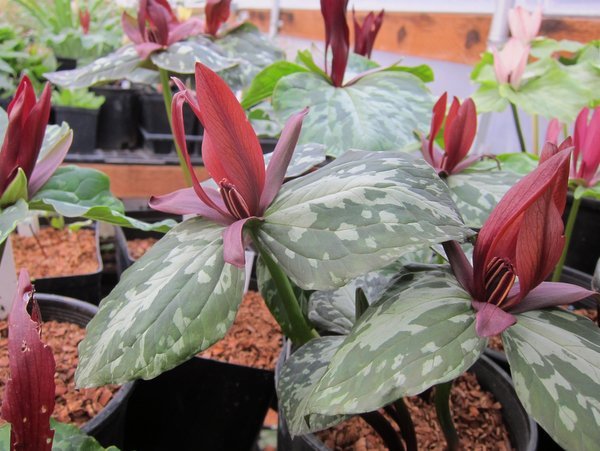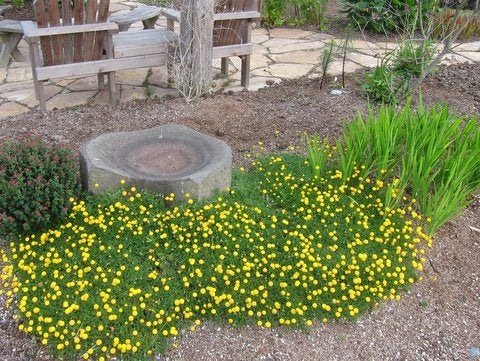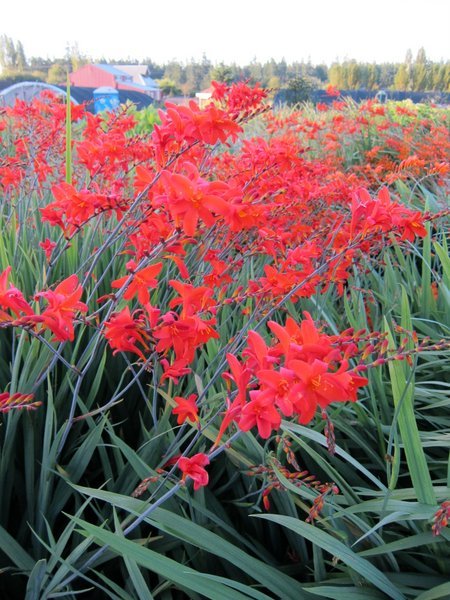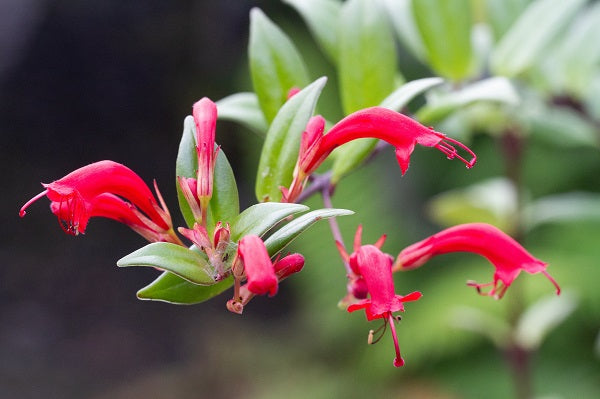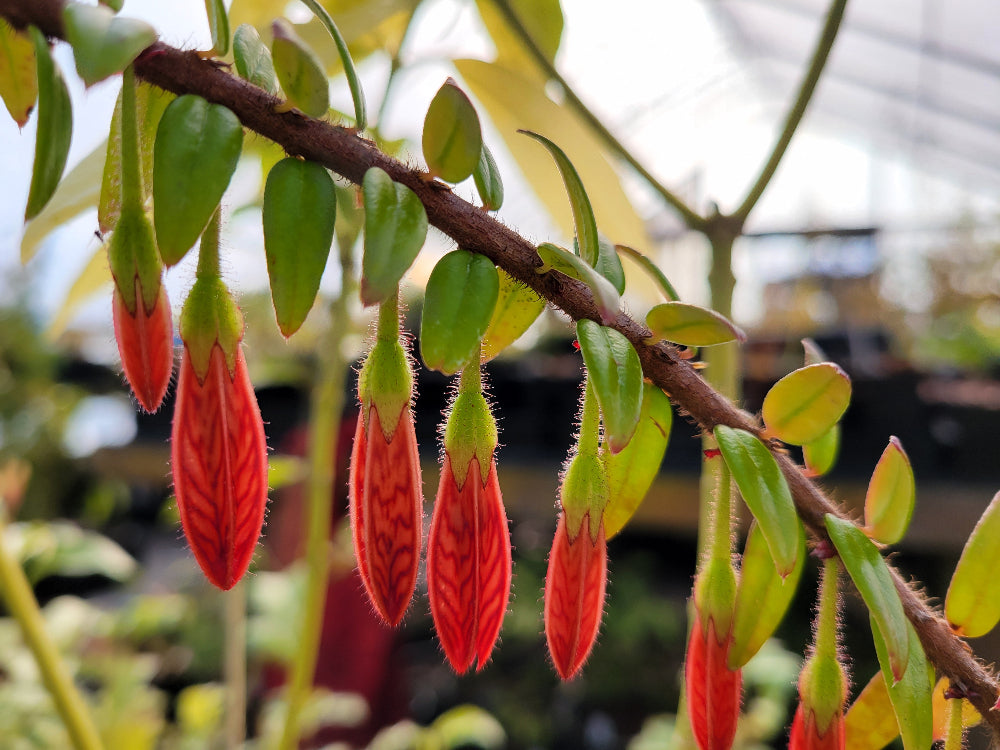Sort by:
1758 products
1758 products
Chatham island endemic, arborescent, Ericaceae. For those who haven't already slammed the add to cart button, these are found only on one small New Zealand coastal island group and boast extremely unique juvenile foliage comparable only to the supreme Dragon Blood Tree (Dracaena draco) from South Africa, thus the heavy metal dragon-leaf name. These spiky tufty columns of leaves eventually develop into trees with a sprawling wind-blown habit and a plethora of blade-like leaves. These are cutting-grown from wild collections made for the Pacific Connections garden project at the Washington Arb. Grows in rich peat or bog areas in habitat so something acidic, loamy and consistently moist should suit it just fine.
Epiphytic blueberry relative with some of the coolest flowers you will ever see, dark red checkered tubes that are a favorite of hummingbirds. The flowers are a rich blood red and especially voluminous and open in this Steve Hootman selection. Does well in hanging baskets as it produces many arching stems of small evergreen leaves that prefer winter warmth in most temperate areas.
